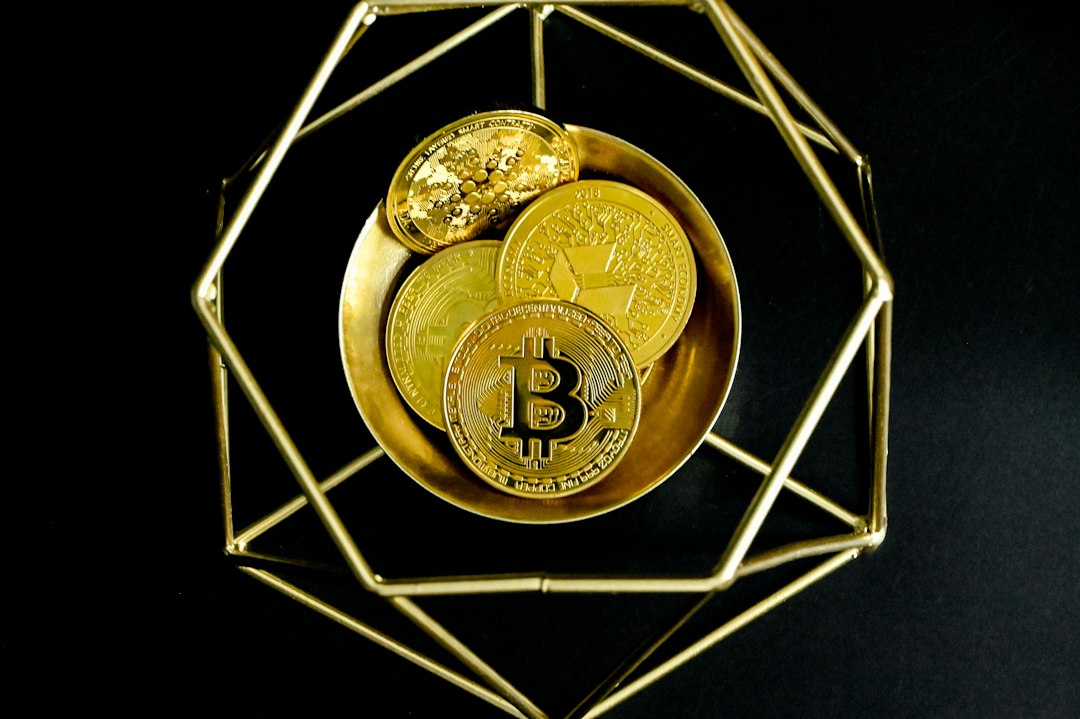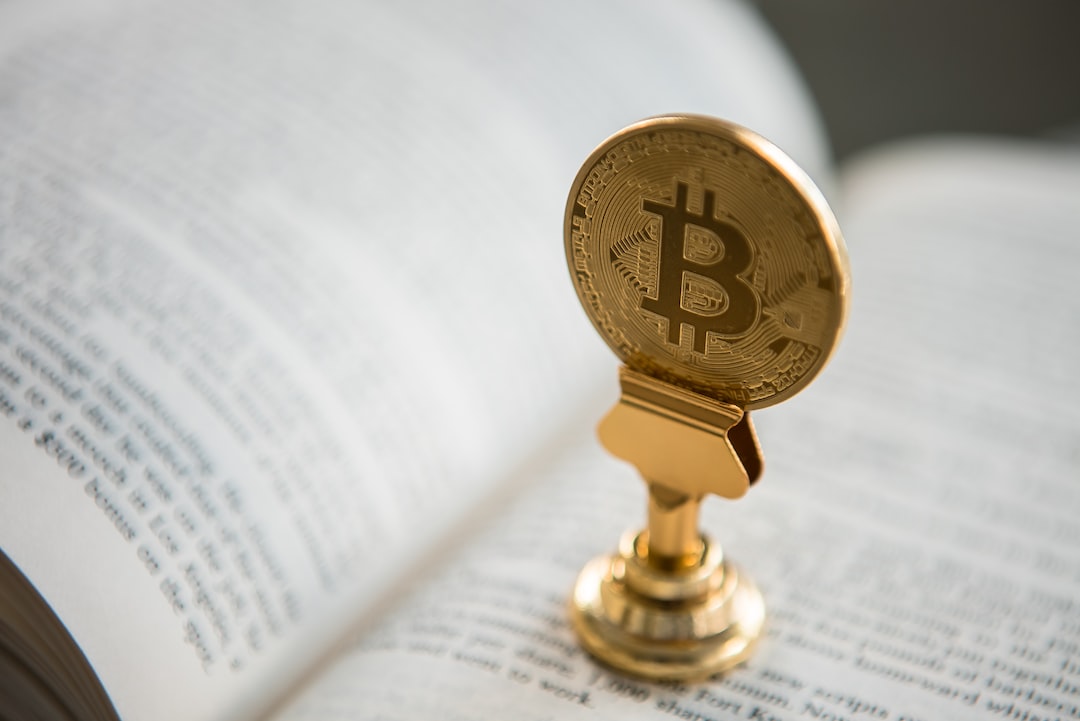RippleX Introduces “Clawback” Feature Proposal for XRPL
The RippleX team, Ripple Labs’ development arm, has unveiled a new feature proposal called “Clawback” for the XRP Ledger (XRPL). This proposal aims to enhance the token asset control capabilities of the XRPL and could provide developers with increased trust and safety parameters for their issued assets. If adopted, the Clawback feature would allow issuers to reverse transactions under certain circumstances, such as fraudulent activities or assisting users who have lost access to their accounts.
Understanding Clawback and Trustlines
Clawback, if implemented, would complement the existing Freeze feature on the XRPL. Both of these mechanisms are based on Trustlines, which play a crucial role in asset management. Trustlines act as a barrier to prevent spamming activities by restricting unauthorized token transfers. They ensure that only authorized transfers occur within the XRPL ecosystem.
Authorized Trustlines enable issuers to determine which accounts can hold or receive specific assets. This is particularly important given the diverse range of projects and issuers’ user bases across different geographical locations. The inclusion of Clawback could further strengthen the asset control framework of the XRPL.
Ripple CTO Schwartz’s Perspective
Ripple’s CTO, David Schwartz, provided his insights on the Clawback feature proposal. He highlighted that assets representing genuine legal obligations would benefit most from this feature, such as stablecoins redeemable by their issuers in cash.
Schwartz emphasized that while Freeze and Clawback both serve important purposes, they have distinct differences. Freeze is an absolute binary feature that halts an asset entirely, while Clawback offers more granularity and surgical precision in reversing specific transactions.
Potential Concerns and Competitive Landscape
Schwartz acknowledged the responsibility that comes with using the Clawback feature. While it offers more precise control, there is a risk that issuers may employ it excessively, even in situations where it may not be necessary. Schwartz also noted that other blockchain platforms supporting stablecoins already incorporate similar clawback features, and not integrating this feature on the XRPL could create procedural inconsistencies.
Hot Take: RippleX Proposes “Clawback” Feature to Enhance Asset Control on XRPL
The RippleX team has introduced a new feature proposal called “Clawback” for the XRP Ledger (XRPL). If adopted, this feature would allow issuers to reverse transactions under special circumstances, providing increased trust and safety parameters for their assets. Clawback would work alongside the existing Freeze feature, both of which rely on Trustlines to prevent unauthorized token transfers within the XRPL ecosystem. Ripple’s CTO, David Schwartz, supports the Clawback feature but highlights potential concerns regarding its usage. He also notes that integrating this feature is important to avoid procedural inconsistencies and complexity for stakeholders dealing with stablecoins on the XRPL.





 By
By
 By
By
 By
By
 By
By

 By
By